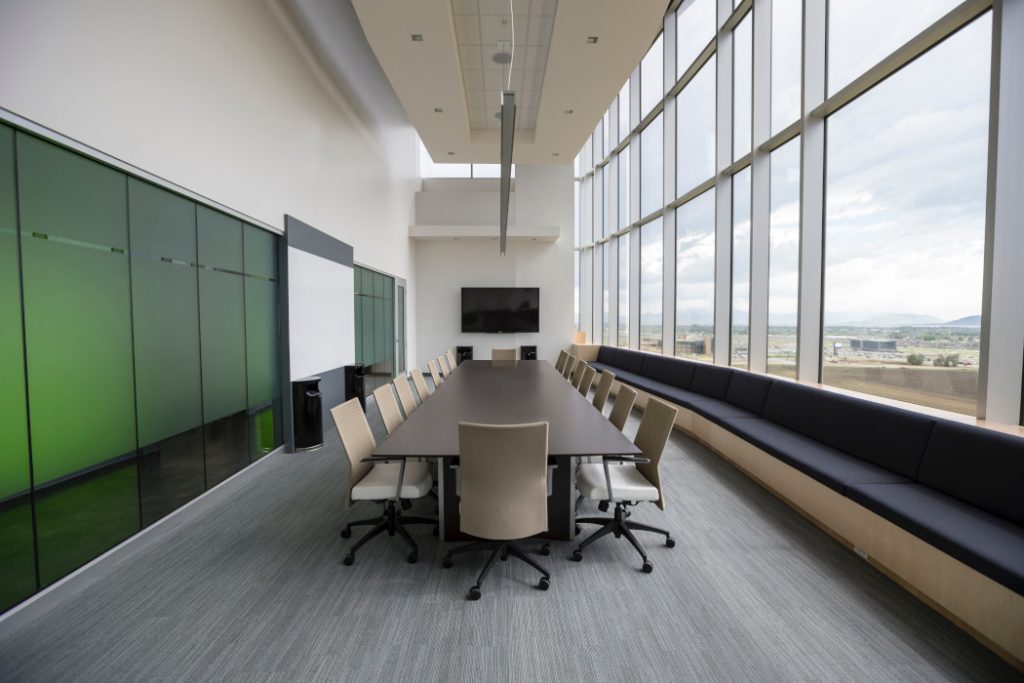In prior articles, we’ve discussed the fact that the huddle-room trend is growing. What we haven’t yet talked about is what is going into those rooms to support collaboration. The debate about whether this is the end of purpose-built collaboration devices in the meeting space is heating up. What I mean by “purpose built” is a device specifically designed and optimized for collaboration experiences, as opposed to a PC in the room or a laptop that runs one of the myriad collaboration software solutions on the market.
I have always been a proponent of developing and leveraging software-based collaboration solutions. The benefits appear pretty clear and impressive, with the ability to deploy software solutions on your own servers, PCs and mobile devices. There is an ability to scale more easily and leverage virtual server technology to build high-availability collaboration platforms. This has opened the door for cloud-based solutions and services to take hold, and, in many cases, to replace the legacy, purpose-built appliances that were a mainstay for the past 20 or so years. It would appear the debate is pretty one-sided.
Well…not so fast….
If we look at this from an operations perspective, there are some things to consider. Customers who are making the transition to huddle rooms with software-based solutions are beginning to see a few gaps, and it’s causing some customers to rethink their approach. The gaps are in a few key areas—namely, user experience, monitoring and management, and security.
With regard to user experience, we’ve been sold on the idea that software-based solutions provide ease of use, flexibility and mobility. The challenge that has arisen is that “self-service” doesn’t mean “no service.” This is because, now, we must support individuals rather than rooms. Software running on a PC in the room might be competing with other applications; and, if you are running Microsoft OS, then those frequent updates can pose challenges.
The purpose-built appliances are designed for a specific function, with cameras and audio equipment tightly integrated to provide a consistent experience. This is no longer the case when you have USB devices connected to a PC or laptop running Microsoft and potentially other applications. Some of these other applications might be trying to use the very same camera and microphone that the collaboration software wants to use, causing a potentially inconsistent user experience, or even a poor one.
From a monitoring and management perspective, it is relatively easy to capture information from a purpose-built device, many of which support Simple Network Management Protocol (SNMP) to provide details about the performance of the device. However, trying to monitor a PC that is running multiple applications with USB-connected devices is a difficult task. Currently, there aren’t too many good ways to do it. About the best you could do is to know the PC is online and that it has the collaboration application running.
Finally, security is another big challenge. Purpose-built devices are capable of being locked down and having encryption as a default setting. Although softwarebased solutions have the ability to do the same, the fact that they’re running on a shared device, with potentially multiple applications, and multiple people maybe having to log on to them, poses serious security concerns.
I don’t think is an all-or-nothing decision for customers. There is a growing trend for what I would call a “hybrid solution,” where we do have purpose-built devices, but with the flexibility of running software-based collaboration tools. These new entrants attempt to take the best of both worlds in that they are better tuned to provide a consistent experience and be monitored and managed, but they also can leverage the leading software solutions.
Yes, the days of having one homogenous collaboration platform are probably gone. But it’s important to keep the user experience and the operational requirements as key factors when designing and deploying collaboration solutions, regardless of whether we’re using purpose-built appliances or software-based solutions.
